Home>Furniture & Design>Interior Design Trends>How Thick Should A Glass Table Top Be
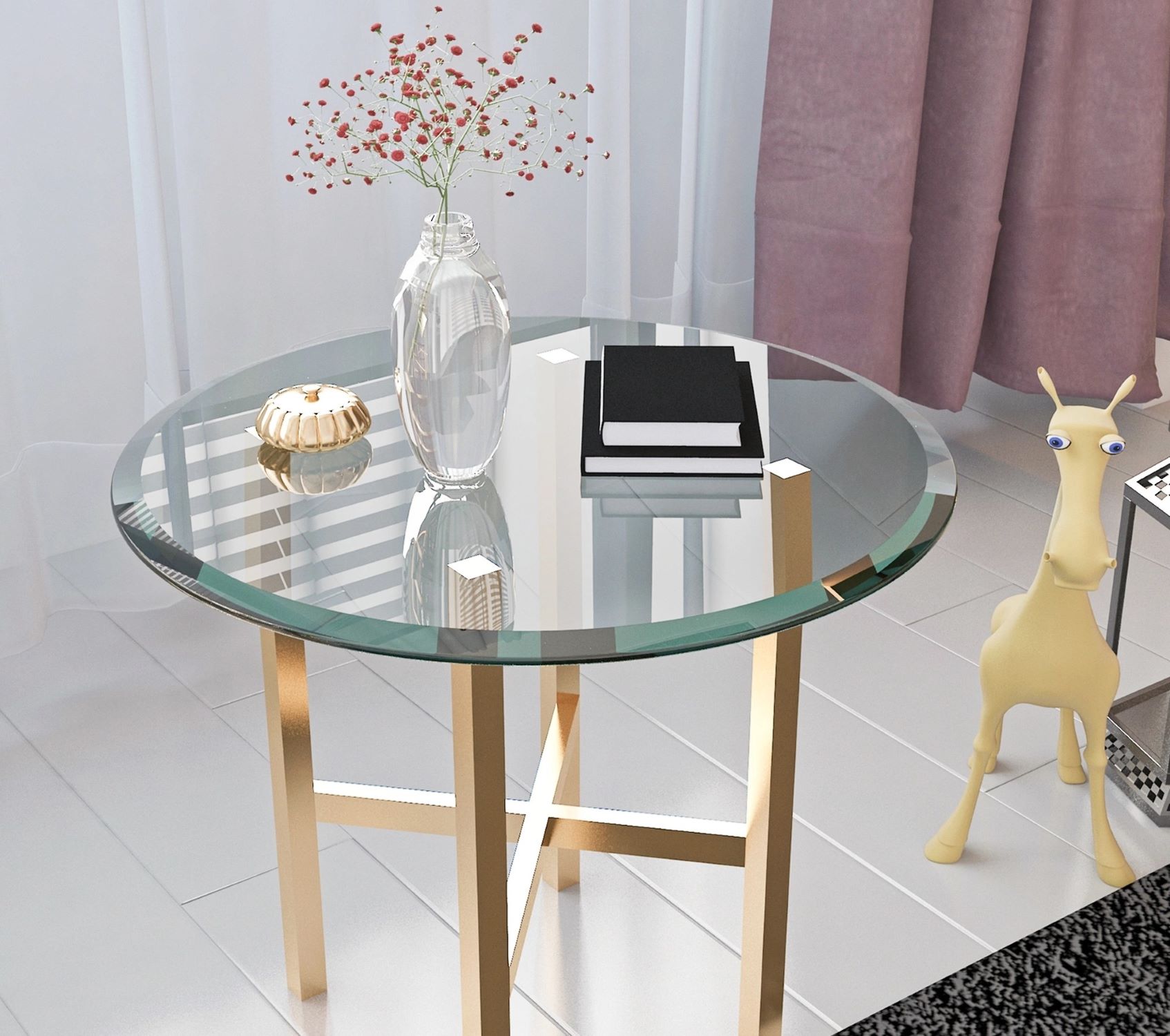

Interior Design Trends
How Thick Should A Glass Table Top Be
Published: February 6, 2024
Discover the latest interior design trends for glass table tops and learn how to choose the perfect thickness for your space. Explore our expert tips now!
(Many of the links in this article redirect to a specific reviewed product. Your purchase of these products through affiliate links helps to generate commission for Storables.com, at no extra cost. Learn more)
Introduction
When it comes to enhancing the aesthetic appeal and functionality of a space, a glass table top can be a stunning addition. Whether it's for a dining table, coffee table, or desk, the thickness of the glass is a crucial factor that influences both the visual impact and the practicality of the table top. The right thickness not only ensures durability and safety but also contributes to the overall design scheme of the room.
In this comprehensive guide, we will delve into the various factors that should be taken into account when determining the ideal thickness for a glass table top. From practical considerations to design preferences, we will explore the nuances of this decision-making process. Additionally, we will discuss the standard thickness options available and provide insights to help you make an informed choice that aligns with your specific needs and preferences.
So, whether you are embarking on a home renovation project, furnishing a new space, or simply looking to upgrade your existing furniture, understanding the significance of glass table top thickness will empower you to make a well-informed decision. Let's embark on this journey to unravel the intricacies of selecting the perfect glass table top thickness for your space.
Key Takeaways:
- Choose a thicker glass top, like 1/2 inch or 3/4 inch, for dining tables and desks to ensure durability and safety, especially in households with children or pets.
- Thinner glass tops, such as 1/4 inch or 3/8 inch, are perfect for decorative or occasional tables, adding elegance and aligning with subtle design approaches.
Read more: How Thick Should A Dining Table Top Be
Factors to Consider
When determining the ideal thickness for a glass table top, several crucial factors come into play. Understanding and evaluating these factors will guide you in making a well-informed decision that aligns with your specific needs and preferences.
1. Purpose and Functionality
The intended use of the glass table top is a fundamental consideration. For a dining table or a desk that will be subjected to daily activities, a thicker glass top is advisable to ensure durability and safety. Conversely, a thinner glass top may suffice for decorative or occasional tables where heavy usage is not anticipated.
2. Safety and Durability
The safety of the glass table top is paramount, especially in households with children or pets. Thicker glass provides enhanced durability and resistance to impact, reducing the risk of breakage and ensuring a secure surface for daily activities.
3. Aesthetic Appeal
The thickness of the glass top significantly influences the visual impact of the table. Thicker glass exudes a sense of luxury and solidity, while thinner glass can create a more delicate and minimalist aesthetic. Considering the overall design scheme and the desired visual impact of the table is essential in determining the appropriate thickness.
Read more: How Thick Should A Dining Table Be?
4. Table Base and Support
The type of base and support structure for the table plays a crucial role in determining the suitable glass thickness. A robust and stable base can accommodate a thicker glass top, while a more delicate or minimalistic base may be better suited for a thinner glass top to maintain a balanced aesthetic and structural integrity.
5. Environmental Factors
The environmental conditions in the intended location of the glass table top should be taken into account. Factors such as temperature variations, humidity levels, and exposure to direct sunlight can impact the choice of glass thickness to ensure long-term resilience and stability.
6. Personal Preferences
Ultimately, personal preferences and design aspirations play a significant role in the decision-making process. Whether aiming for a modern, sleek look with a thinner glass top or a substantial, timeless appeal with a thicker glass top, aligning the thickness with personal style and preferences is essential.
By carefully considering these factors, you can effectively determine the most suitable thickness for your glass table top, ensuring a harmonious blend of functionality, safety, aesthetics, and personal style.
Standard Thickness Options
When it comes to glass table tops, there are standard thickness options available to cater to various needs and preferences. Understanding these options is essential in making an informed decision that aligns with the specific requirements of your space and furniture. Here are the typical standard thickness options for glass table tops:
Read more: How Thick Should Aquarium Glass Be
1. 1/4 inch (6mm)
This is the thinnest standard thickness option for glass table tops. It is well-suited for decorative tables or surfaces that do not undergo heavy usage. The 1/4 inch glass provides a delicate and minimalist aesthetic, adding a touch of elegance to the furniture while maintaining a lightweight and airy feel.
2. 3/8 inch (10mm)
Slightly thicker than the 1/4 inch option, the 3/8 inch glass offers enhanced durability and resilience while still maintaining a sleek and modern appearance. It is suitable for coffee tables, side tables, or accent tables that require a balance between aesthetics and practicality.
3. 1/2 inch (12mm)
The 1/2 inch glass thickness option provides a substantial and robust feel to the table top. It is ideal for dining tables, desks, or larger coffee tables where durability and safety are paramount. This thickness exudes a sense of luxury and solidity, making it a popular choice for those seeking a substantial and timeless appeal.
4. 3/4 inch (19mm)
For those desiring the utmost in durability and a bold, impactful aesthetic, the 3/4 inch glass thickness option is the go-to choice. This thickness is often used for custom-designed or statement pieces, adding a significant visual presence to the table while ensuring unparalleled strength and resilience.
Read more: How Thick Should A Ping Pong Table Be?
5. Custom Thickness
In addition to the standard thickness options, custom thicknesses are also available to cater to specific requirements and design preferences. Custom thicknesses offer flexibility in tailoring the glass table top to precisely meet the desired aesthetic and functional criteria, making it an ideal choice for unique or bespoke furniture designs.
Understanding these standard thickness options empowers you to make an informed decision based on the intended use, design aspirations, and practical considerations for your glass table top. By aligning the thickness with your specific needs and preferences, you can ensure that the glass table top seamlessly integrates into your space while elevating its visual appeal and functionality.
Choosing the Right Thickness
Selecting the right thickness for a glass table top is a pivotal decision that encompasses a blend of practical considerations and design preferences. By carefully evaluating the intended use, aesthetic aspirations, and structural requirements, you can navigate the array of thickness options to find the perfect fit for your space.
For tables that are subjected to daily activities, such as dining tables or work desks, opting for a thicker glass top, such as 1/2 inch or 3/4 inch, is advisable. These thickness options offer enhanced durability and impact resistance, ensuring a secure and reliable surface for various tasks. Additionally, in households with children or pets, the thicker glass provides an added layer of safety, minimizing the risk of breakage and potential accidents.
Conversely, for decorative or occasional tables where a delicate and minimalist aesthetic is desired, a thinner glass top, such as 1/4 inch or 3/8 inch, may suffice. These thinner options contribute to a lightweight and airy feel, adding a touch of elegance to the furniture while aligning with a more subtle design approach.
The choice of thickness also intertwines with the design scheme of the room. Thicker glass exudes a sense of luxury and solidity, making it an ideal choice for creating a substantial and timeless appeal. On the other hand, thinner glass can contribute to a modern and sleek aesthetic, complementing contemporary interior styles with its minimalist allure.
Considering the base and support structure of the table is essential in determining the suitable glass thickness. A robust and stable base can accommodate a thicker glass top, providing a harmonious balance between the visual impact and structural integrity of the table. Conversely, a more delicate or minimalistic base may be better suited for a thinner glass top, ensuring a cohesive and balanced design composition.
Personal preferences and individual design aspirations play a significant role in the decision-making process. Whether aiming for a bold, impactful statement with a thicker glass top or a subtle, understated elegance with a thinner glass top, aligning the thickness with personal style and preferences is essential in creating a cohesive and harmonious design narrative.
By carefully evaluating these factors and aligning them with your specific needs and design vision, you can confidently choose the right thickness for your glass table top. This thoughtful decision will not only enhance the functionality and safety of the table but also contribute to the overall aesthetic appeal of your space, creating a seamless integration of style and practicality.
Conclusion
In conclusion, the thickness of a glass table top is a pivotal element that significantly influences both the functionality and aesthetic appeal of the furniture piece. By considering factors such as intended use, safety, design preferences, and structural compatibility, individuals can make informed decisions when selecting the appropriate glass thickness for their tables.
The standard thickness options, ranging from 1/4 inch to 3/4 inch, offer a spectrum of choices to cater to diverse needs and design aspirations. Thinner glass tops, such as 1/4 inch and 3/8 inch, contribute to a delicate and minimalist aesthetic, ideal for decorative or occasional tables. On the other hand, thicker options, including 1/2 inch and 3/4 inch, provide enhanced durability and impact resistance, making them suitable for dining tables, desks, and statement pieces.
Ultimately, the choice of glass thickness should align with the specific requirements of the space and the intended use of the table. By striking a balance between practical considerations and design preferences, individuals can ensure that the glass table top seamlessly integrates into their interior design while fulfilling its functional role with reliability and style.
In the realm of interior design, the thickness of a glass table top serves as a testament to the meticulous attention to detail and the fusion of form and function. It is not merely a practical consideration but a design element that contributes to the overall visual narrative of a space. Whether aiming for a modern, sleek look with a thinner glass top or a substantial, timeless appeal with a thicker glass top, the chosen thickness becomes an integral part of the design language, reflecting the individual's style and vision.
In essence, the journey of selecting the right glass thickness for a table is a harmonious blend of practicality, safety, and design aesthetics. By embracing this holistic approach, individuals can elevate their interior spaces with glass table tops that not only serve as functional surfaces but also stand as captivating design statements, enriching the ambiance with their inherent elegance and allure.
Frequently Asked Questions about How Thick Should A Glass Table Top Be
Was this page helpful?
At Storables.com, we guarantee accurate and reliable information. Our content, validated by Expert Board Contributors, is crafted following stringent Editorial Policies. We're committed to providing you with well-researched, expert-backed insights for all your informational needs.
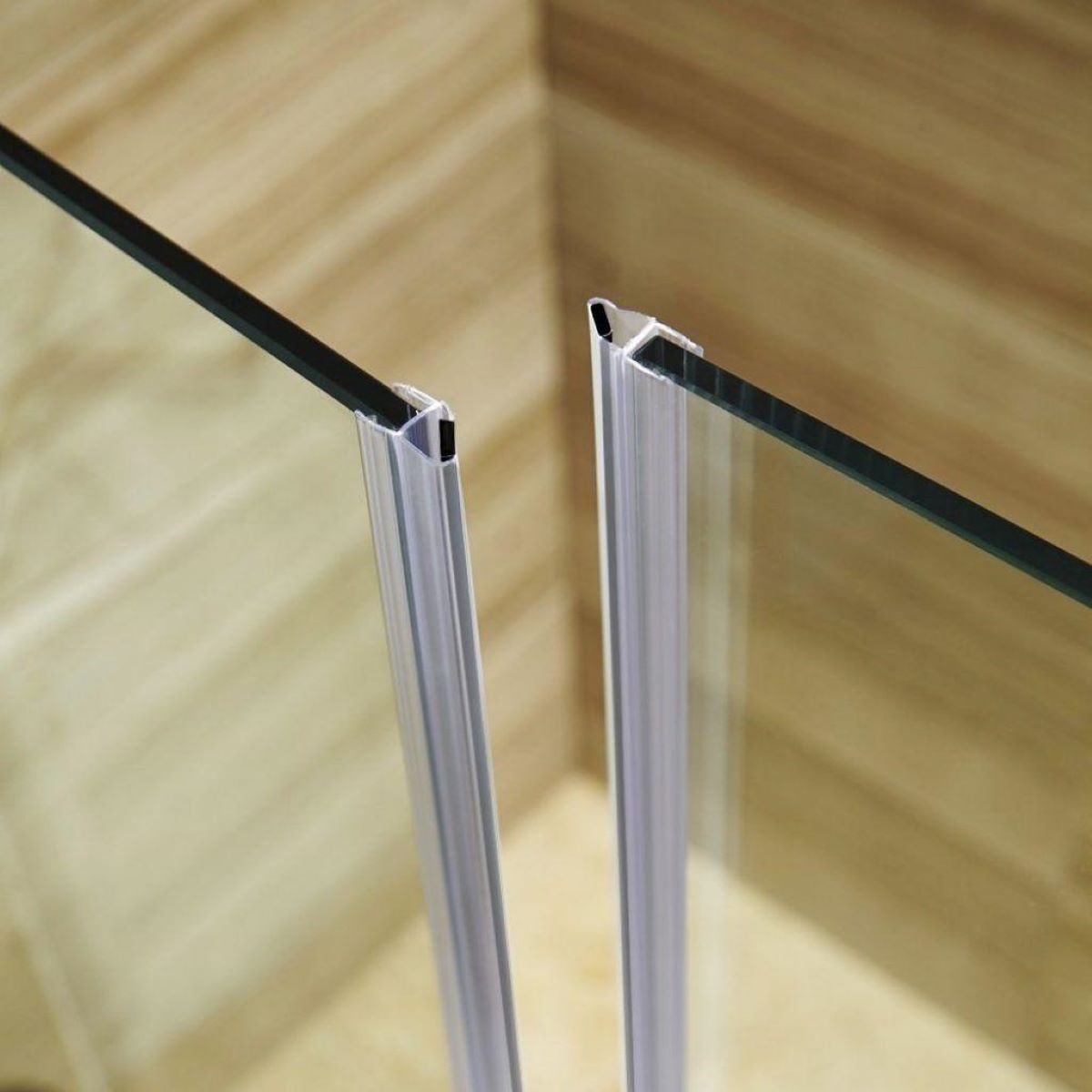
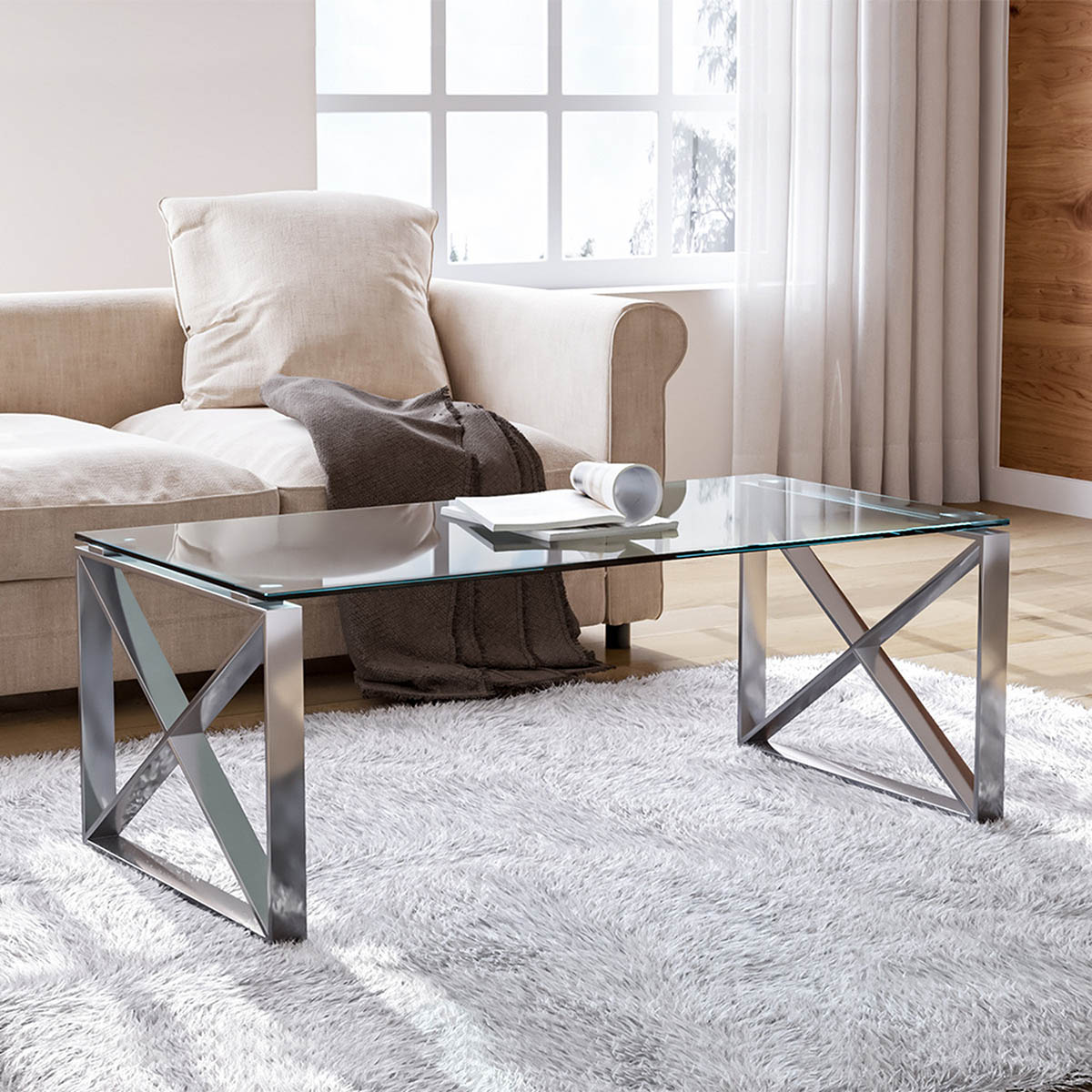
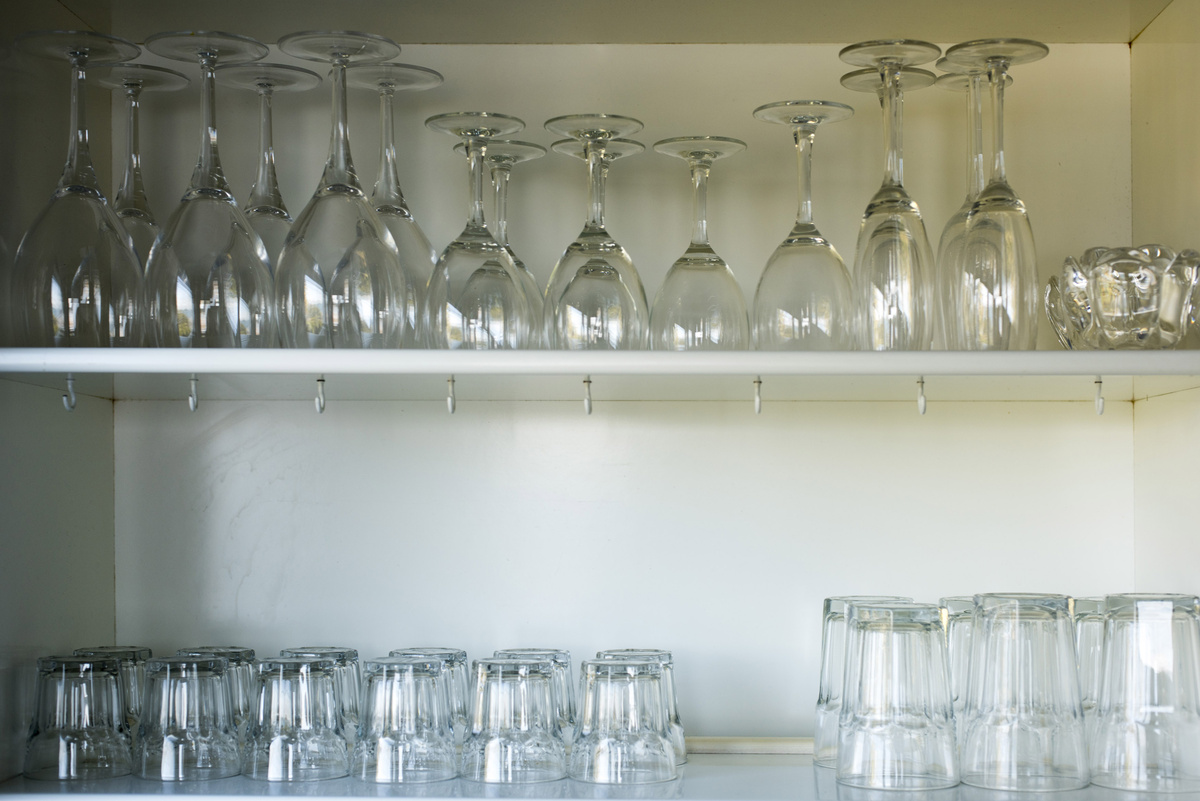
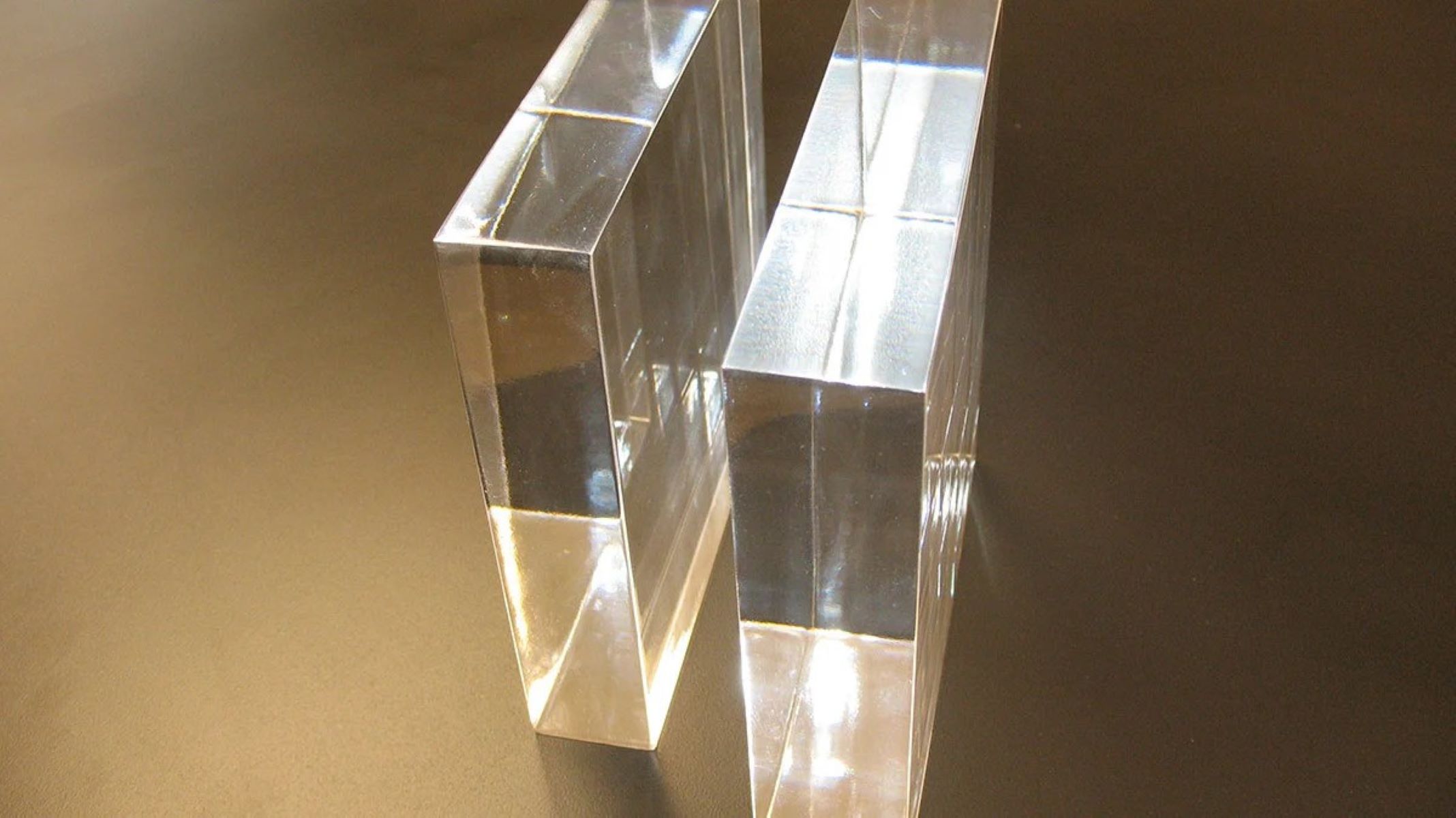

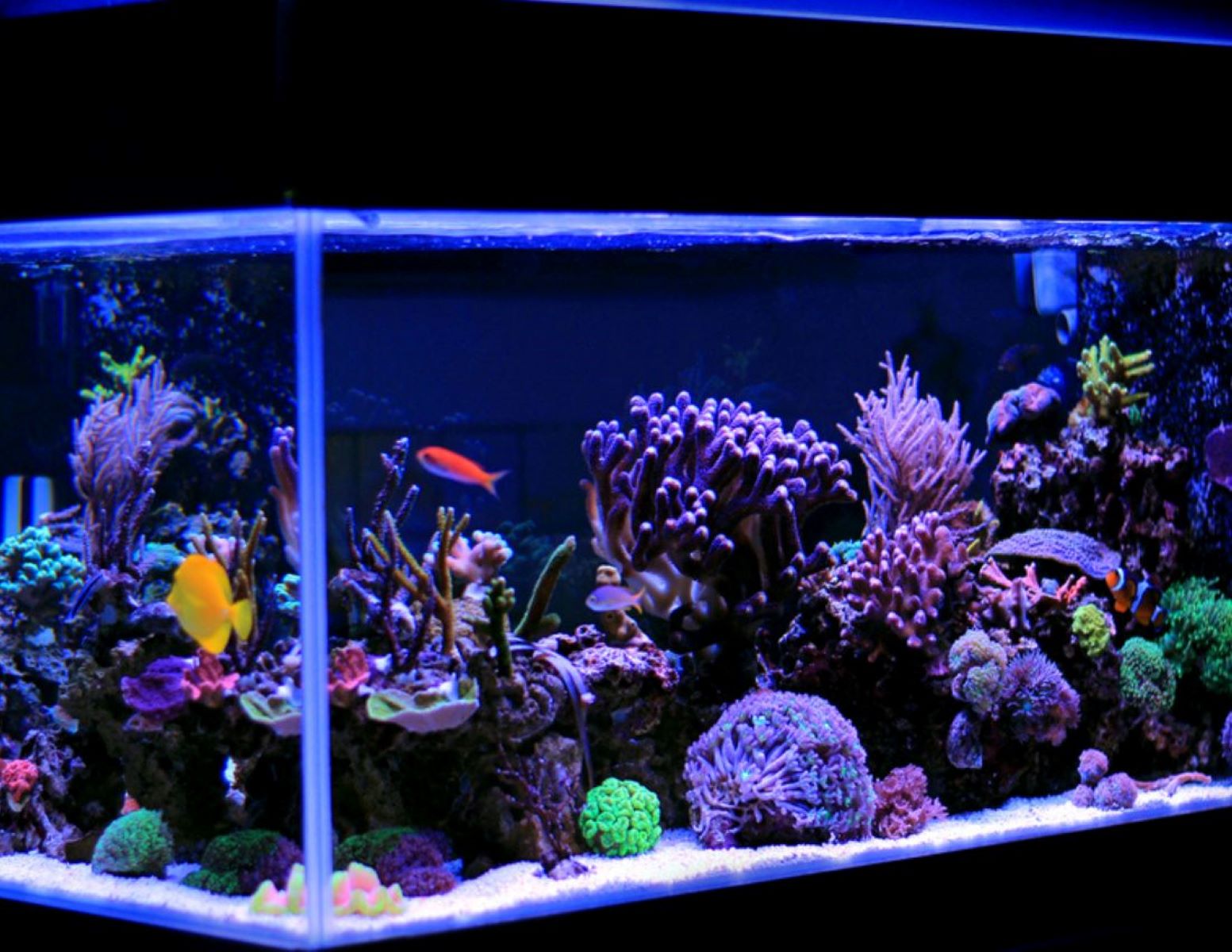
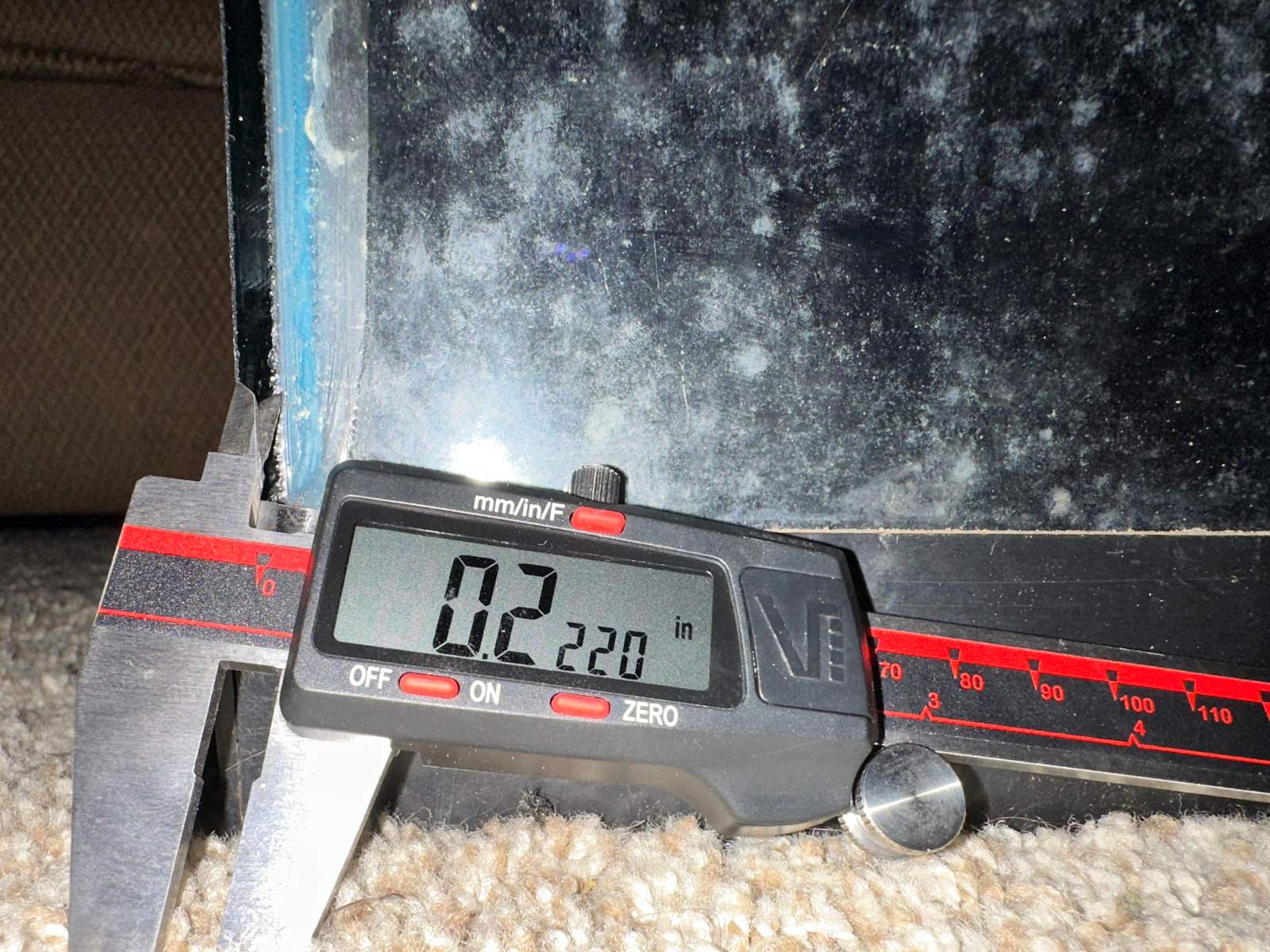

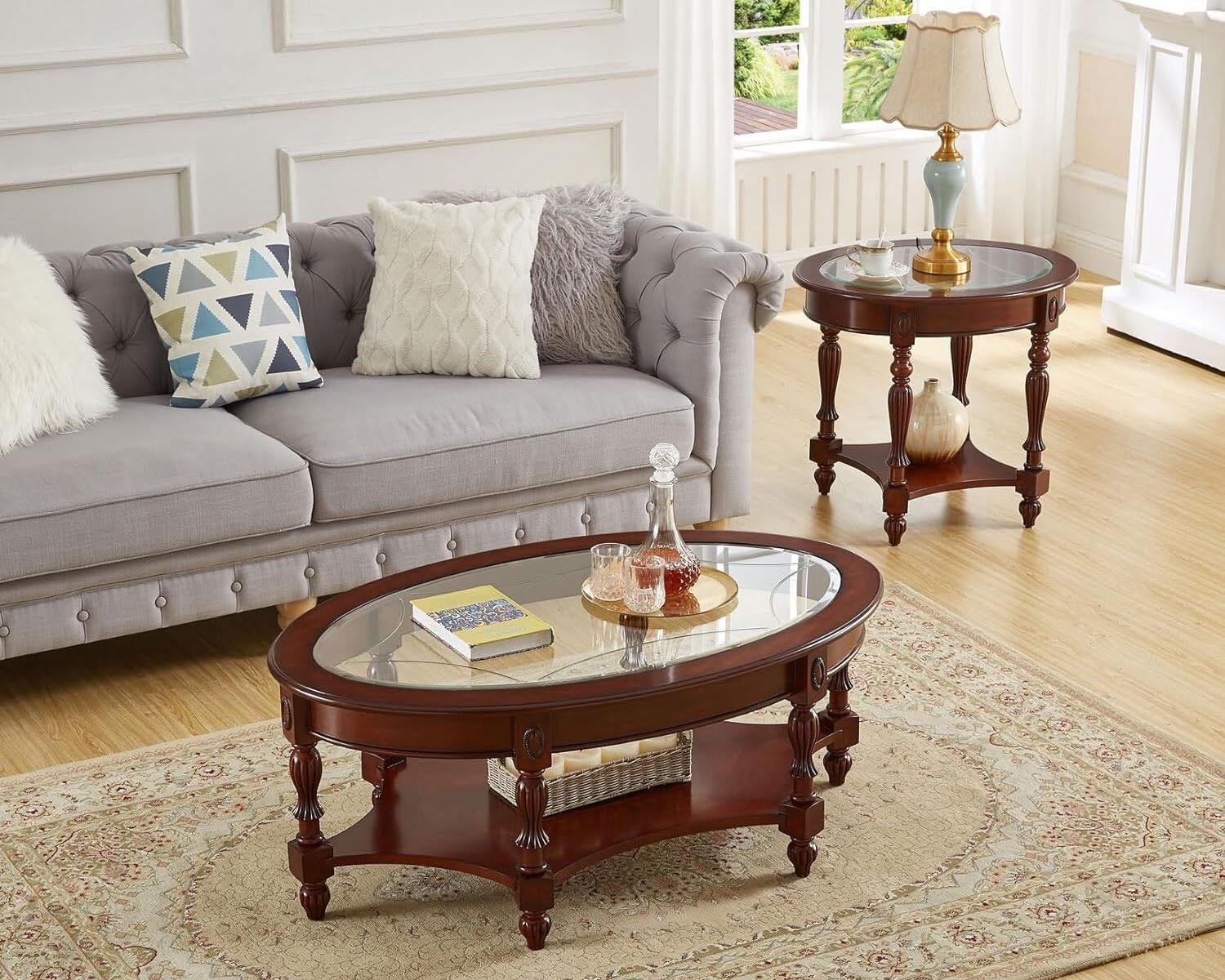
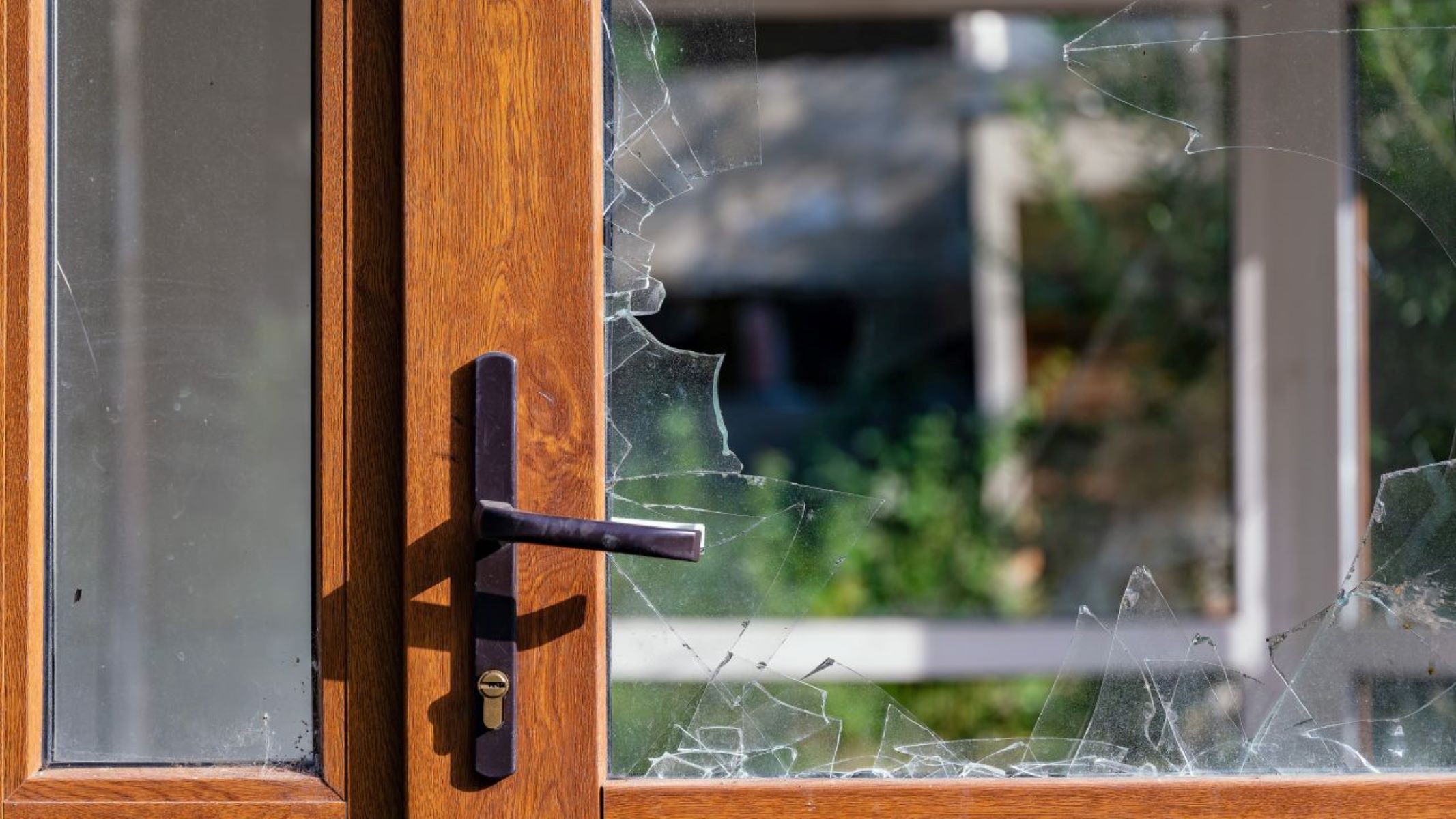

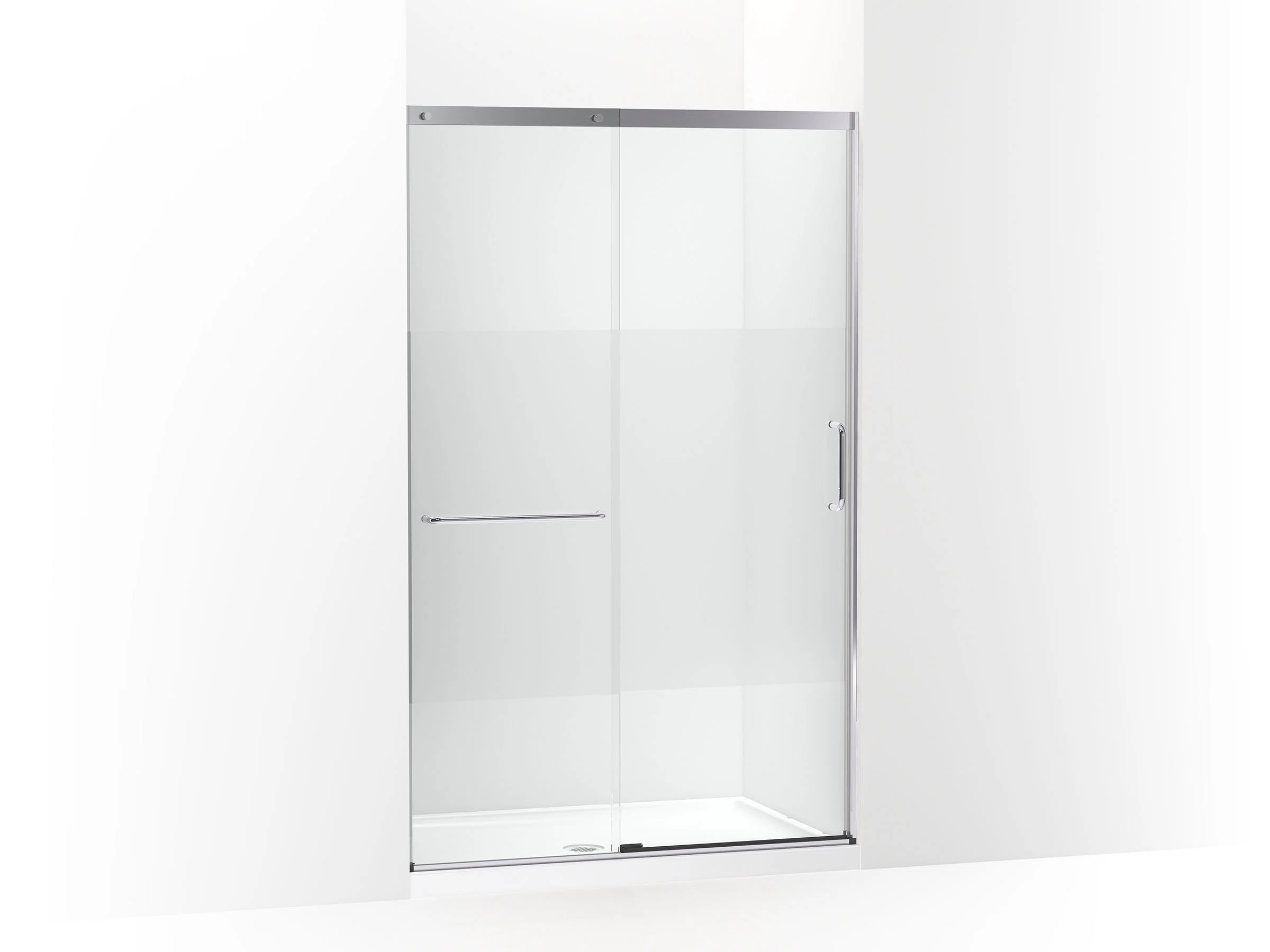

0 thoughts on “How Thick Should A Glass Table Top Be”